It’s hard not to be repetitive when you blog as much as I do.
I’ve brought up long-tail keywords a lot throughout my blog posts. That’s because I focus a lot on them.
They’re the foundation of an effective SEO strategy. Long-tail keywords account for 70% of all web searches.
I’ve spent so much time explaining how to find and use them, but it occurred to me that I never took the time to explain why they’re so important.
Obviously, the 70% statistic I just quoted is a big part of it, but that’s just one piece of the puzzle.
It doesn’t paint the big picture.
Long-tail keywords are how you generate organic search traffic to your website. They’re the holy grail of SEO.
The purpose of this post is to explain in detail (with supporting facts and examples) why long-tail keywords are so important to your SEO efforts.
1. Long-tail keywords are how you outrank the competition
New York-based SaaS company Conductor recently performed a comprehensive, nine-month study of its keyword rankings within Google’s search engines.
It found that long-tail keywords with and without on-page optimization were impacted more than single-word head terms.
What this means is that long-tail keywords are your path to overtaking the competition.
Even if it’s a search query they’re already covering, you can gain traction with a better-optimized post.
Let’s take a look at a few virtual reality-related keyword searches in Ubersuggest.
Although “virtual reality” has fewer than 100,000 monthly searches, the competition is high.
Consumers who are searching for these high-level keywords are likely interested in the VR industry, but they might not be buying anything.
If you’re actually making a VR product, it’s probably a game, app, or some type of equipment.
We can tighten SEO and compete in our niche by looking for more refined keyword queries. In Ubersuggest, click “Keyword Ideas” in the left sidebar:
This turns up more than 500 keywords, many of which are likely to be more closely related to what you actually sell:
Virtual reality for ps4, virtual reality goggles, and virtual reality glasses all have a worthy search volume and low SD. And if you aren’t sure what SD stands for, it means SEO difficulty. It’s a score from 1 to 100, with 1 being a really easy keyword to rank for and 100 being a keyword that is difficult to rank for.
Your goal is to find high volume, low SD keywords. These get you the most bang for your buck.
2. Long-tail keywords are how people actually search the Internet
The entire point of Google’s search business is to present users with the right information based on their searches.
If I search for “SEO Trends to Prepare for in 2018,” it’s because I’m specifically searching for information on these trends.
Some savvy SEO already wrote a 2018 SEO trend article in April 2017.
This is all well and good, but a lot has changed in online search between then and now. A lot more is going to change in the future, too.
That’s why Search Engine Land and Search Engine Journal waited until December 2016 to list 2017 trends and will do the same for 2018.
As a digital marketing expert, I won’t be looking for “SEO.” I’ll be interested in “SEO trends,” “SEO brand success stories,” and other long-tail keywords.
One of the biggest SEO trends for both 2017 and 2018 is mobile search optimization.
In May 2016, Google raised the character limit in SERP titles and descriptions.
With an extra word displayed, long-tail keywords are an even more vital part of mobile site optimization.
Just keep in mind that people are typically only searching for one of three reasons: to do something, learn something, or go somewhere.
Keep this in mind when you’re planning your keyword campaigns.
3. Long-tail keywords provide context to your content
Google has always pushed contextual search, and with its 2017 Hummingbird update, it’s only digging its heels deeper in the sand.
For those of you who don’t know why it’s called Hummingbird, Google’s updates follow a theme.
Android updates are named alphabetically after desserts.
You can find monuments to each sweet treat spread throughout Google’s Mountain View, CA, campus.
Meanwhile, Google’s search algorithm updates are named after animals.
With each successive update, these animals have been thinning the SERP herd of weak or dying results.
Panda and Penguin were especially feared by SEO experts.
Hummingbird adjusted search algorithms to match exact phrasing more often and to deepen their understanding of context.
Essentially, Google is focused on long-tail keywords and strengthening their search results.
You should be too!
4. Long-tail keywords have better conversion rates
According to recent research by WordStream, the top 10% of landing pages convert at 11.45%.
The average conversion rate for long-tail keywords is 36%!
That’s a huge difference!
But, again, it doesn’t tell the entire story. Here’s a more detailed breakdown of conversion rates spread across different web properties.
More realistically, you’re experiencing a 2-5% conversion rate on your website.
Maybe even less, if you’re just starting.
You’re not going to magically increase to 30% overnight just by adding a few long-tail keywords into your website.
That’s not the point.
There’s no “easy button” for life.
What long-tail keywords will do is solidify your CRO funnel through organic search traffic.
With fewer than 25% of web pages ever being viewed, you can’t afford to not pay attention.
It’s cheaper to research these longer terms and write blog posts related to them than it is to pay for a PPC campaign on each of them.
Still, a solid PPC campaign can be a great placeholder until your SEO efforts are done.
It’s a process, and Google understands this.
That’s why my next point is true.
5. Long-tail keywords help you rank for single keywords
We ultimately do want to rank high in the SERPs for short keywords.
Long-tail keywords help us do that.
Let’s take a look at the Ubersuggest report for my site, NeilPatel.com.
As you scroll down the page, you’ll want to pay attention to the SEO Keywords Ranking section:
I rank for 1.2 million keywords, many of which are related to digital marketing, SEO, Pinterest, and affiliate marketing. But can you really think of all 1.2 million?
You’ll eventually have to extend to long-tail keywords, and I have a pretty even distribution of around 8,000 to 10,000 pages occupying the lower results on SERPs.
6. Long-tail keywords fuel your blog strategy
I’ve mentioned it a few times, but I want to make this its own point.
A blog is the best way to rank in SERPs.
It’s the cornerstone of any content marketing strategy. Period.
Here’s how long-tail keywords in blogs look to search engines.
To be effective, long-tail keywords need to be used in the correct context within the URL, title tag, and body text.
For even more visibility, using the focus keyword in alt images and headers goes a long way to optimizing your site for SEO.
Now, if I just wrote a single blog about SEO, I’d be done.
That’s not going to help.
I need long-tail keywords to continue creating content.
I bet “search engine optimization tips” will get me some traffic.
Let’s put it into Ubersuggest and see what comes up.
This alone may not tell you much, but you can dig deeper by clicking on “Keyword Ideas” in the left sidebar:
Now, you have access to a variety of long-tail keywords, related to the primary keyword.
For example, “tips for search engine optimization” is a natural variation of the primary keyword. If you rank for one, you should try to rank for both.
I can continue following the rabbit hole to create an entire month’s content calendar on the term SEO alone.
Then we do the same for content marketing, influencer marketing, conversion rate optimization, social media marketing, and so on.
Soon, we’ll have a blog worthy of competing with the best.
HubSpot’s annual State of Inbound report consistently shows that the more often you blog, the more traffic you’ll get.
Long-tail keywords are the key to creating a consistent content calendar.
Just remember to add actual value to the conversation.
7. Ranking for long-tail keywords builds a strong conversion tunnel
Another reason you want to blog about long-tail keywords that it helps build a conversion funnel.
Generating traffic and leads is the top marketing challenge faced by companies today.
A HubSpot survey found that 65% of companies are worried about it.
This is because their content marketing efforts aren’t attached to a proper conversion funnel.
Here’s what a basic business sales funnel looks like.
Steps 1-5 can all be accomplished through a blog that addresses long-tail keywords.
Ranking for the actual product is great, but to build customer trust, you need to provide as much information as possible.
Each customer will come to you at a different point in the sales funnel, and you need to lead them to the negotiation and closing parts of the funnel.
This is why blogging and page hosting is consistently ranked more important than paid advertising in the customer-acquisition process.
The more pages you have, the more keywords you rank for. It builds a larger funnel.
Step 6 and 7 in the sales funnel are easy to optimize.
Once you do, you need to keep building them up and out to reach as many customers in as many steps of the buying process as possible.
Long-tail keywords are the way to do it.
8. Integrate structured data on long-tail keywords to outrank SEO on SERPs
Structured data has been a top priority for ranking in SERPs for over a year now.
Google even has a Structured Data Tool for checking the schema on your site.
Schema.org runs a database of structured code like this.
<div itemscope itemtype=”https://schema.org/Book”>
<span itemprop=”name”> Inbound Marketing and SEO: Insights from the Moz Blog</span>
<span itemprop=”author”>Rand Fishkin</span>
</div>
This code adds a specific data structure for search engines to provide rich, interactive results.
Here’s what it looks like on the live site.
Since Allrecipes.com is obviously hoping to rank for all recipes, it does so by applying structured data to long-tail keywords.
It actually doesn’t even matter where on the first page this ranks because the information box with the recipe shows above all other search results.
Using structured data is more effective than a PPC or SEO campaign.
It’s a sign of the new way to search.
9. Focus on long-tail keywords to answer voice assistant searches
The broad concept of SEO is typically applied to Internet search engines like Google that provide results tfor human users.
That’s all changing thanks to voice assistants like Amazon Alexa.
According to available numbers, there are currently 8.3 million Echo smart speakers on the market.
Amazon estimates it’ll ship another 10 million in 2017!
That’s a lot of people who can use Amazon’s voice search to find the top-structured answer only, often focusing solely on Amazon’s platform.
The total voice assistant market (including Google Home and Apple Home) is expected to reach 30 million by the end of 2017!
It’s a sign of a new age in which our devices may be making the searches for us.
People are increasingly using voice assistants to search for music and books, to control their smart home devices, and to consume news.
And Google is noticing that more people are using voice search even on its Android phones.
With mobile device usage increasingly being banned in vehicles, voice assistants and smart cars are gaining popularity as well.
In fact, 21 million connected cars are expected to ship this year, according to Business Insider.
When searching for anything in a moving vehicle (even a self-driving one), you need the right answer the first time.
Long-tail keywords help you train these voice assistants to provide your information to mobile voice users.
It doesn’t seem like a big deal right now because we’re still using the Internet in the standard way, as well.
Your kids are watching, though, and younger generations will adopt voice search more and more.
Be prepared or get steamrolled.
10. Posts focused on long-tail keywords provide more value to the reader
The top digital marketing techniques of 2017 are content marketing and big data, according to a recent study by Smart Insights.
Long-tail keywords don’t just strengthen your SEO and CRO efforts.
They also ensure that your pages provide real value to your readers.
This is what Google, Bing, and other search engines are ultimately looking for.
Keyword research is a method of mining for data that fuels the rest of your marketing efforts.
The key to content marketing is providing value.
Here’s a handy chart to help visualize it.
While video, infographics, apps, and personalization are all important, your web pages need to be solid enough to support them.
There are plenty of more sophisticated methods of reaching an audience.
But the tried-and-true method of gaining organic traffic from providing real value to satisfy a real need never goes out of style.
Long-tail keywords are the foundation of this.
I have one last tip, and it’s an obvious one that should go without saying.
11. Long-tail keywords are most of your keyword research and organic traffic anyway!
Have you taken the time to actually look at your Google Analytics reports?
The vast majority of search queries that bring traffic to your site are from long-tail keywords.
Check out this report from Ogio golf bags.
These search terms that are getting impressions and generating clicks (and sales) are mostly long-tail keywords.
The more keyword research you do, the more you’ll find that long-tail keywords are already fueling your organic search traffic.
You’re just ignoring them!
So the simple answer is to stop ignoring the answers right in front of your face.
But remember this: everyone’s using Google.
If you stick to only Google’s tools, you’ll miss out on more long-tail keyword opportunities.
Using a tool like Ubersuggest, you can get even more detailed information on long-tail keywords related to your niche. Run your search, and then click on “questions” under “Keyword Ideas.”
The more keyword research you perform, the more long-tail keywords just naturally pop up. After you find a keyword that suits you, such as “how create wordpress plugin,” click on it to dive deeper:
If you want to reach the top of page one for this long-tail keyword, it’ll take, on average, 100+ backlinks and a dedication to social media. And of course, a high domain score won’t hurt your cause.
This type of data analysis is invaluable!
You already have the data.
Do what you can with what you have.
Conclusion
Keyword research isn’t sexy, and it seems like it’s only meant for SEO.
It’s actually the foundation of your entire digital marketing strategy.
Want to become an innovative thought leader?
You’ll need to know what subjects to lead thoughts on.
Want to create a solid content marketing plan?
You’ll need long-term keywords to fuel a content calendar.
Regardless of what digital marketing strategy your company is focusing on this year, effectively researching long-tail keyword trends is the key to winning.
What’s your digital marketing focus for this year?


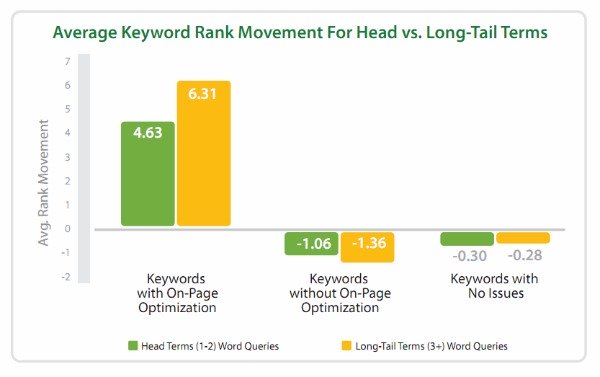




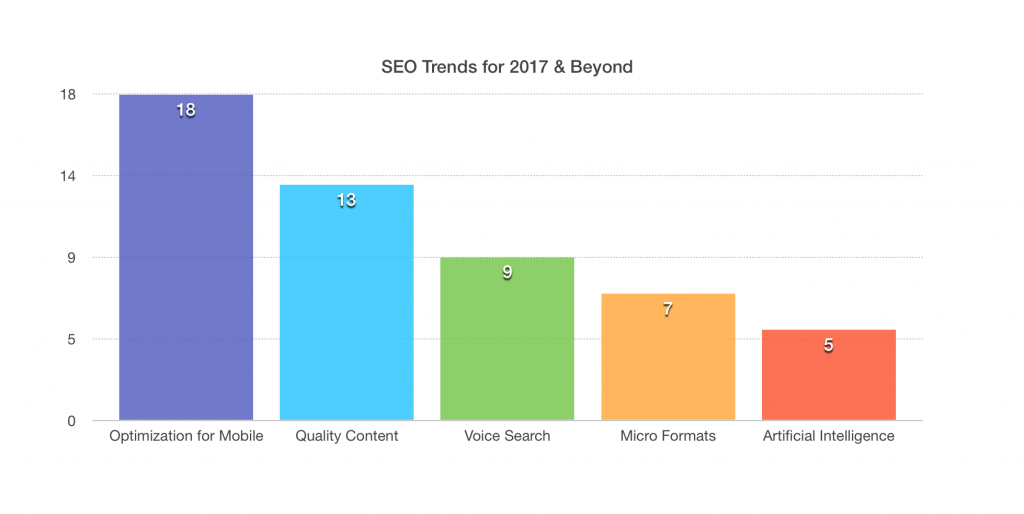



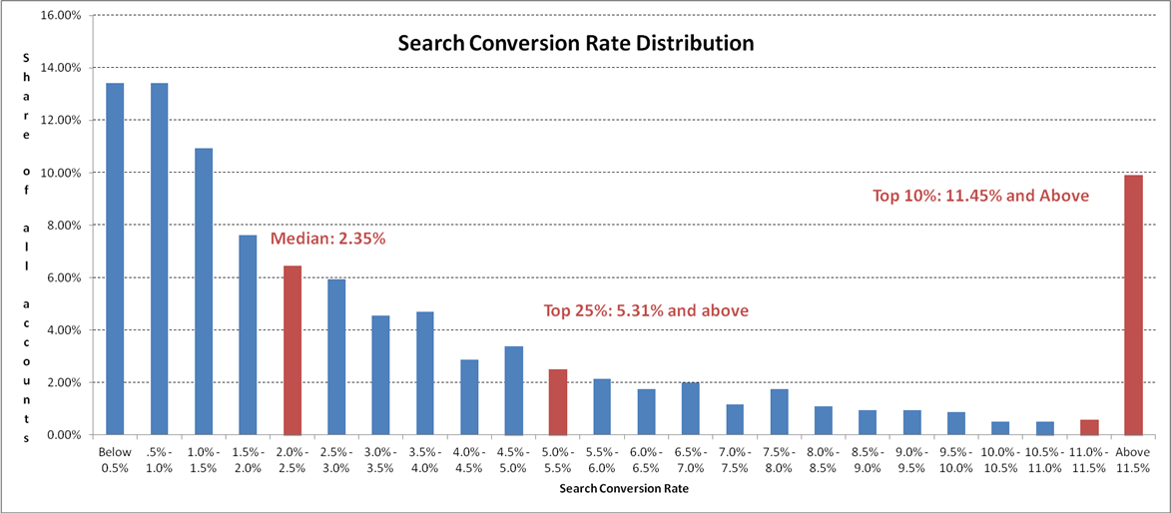






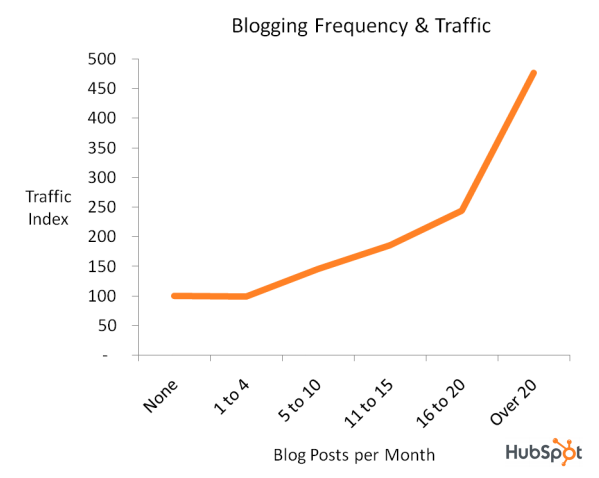
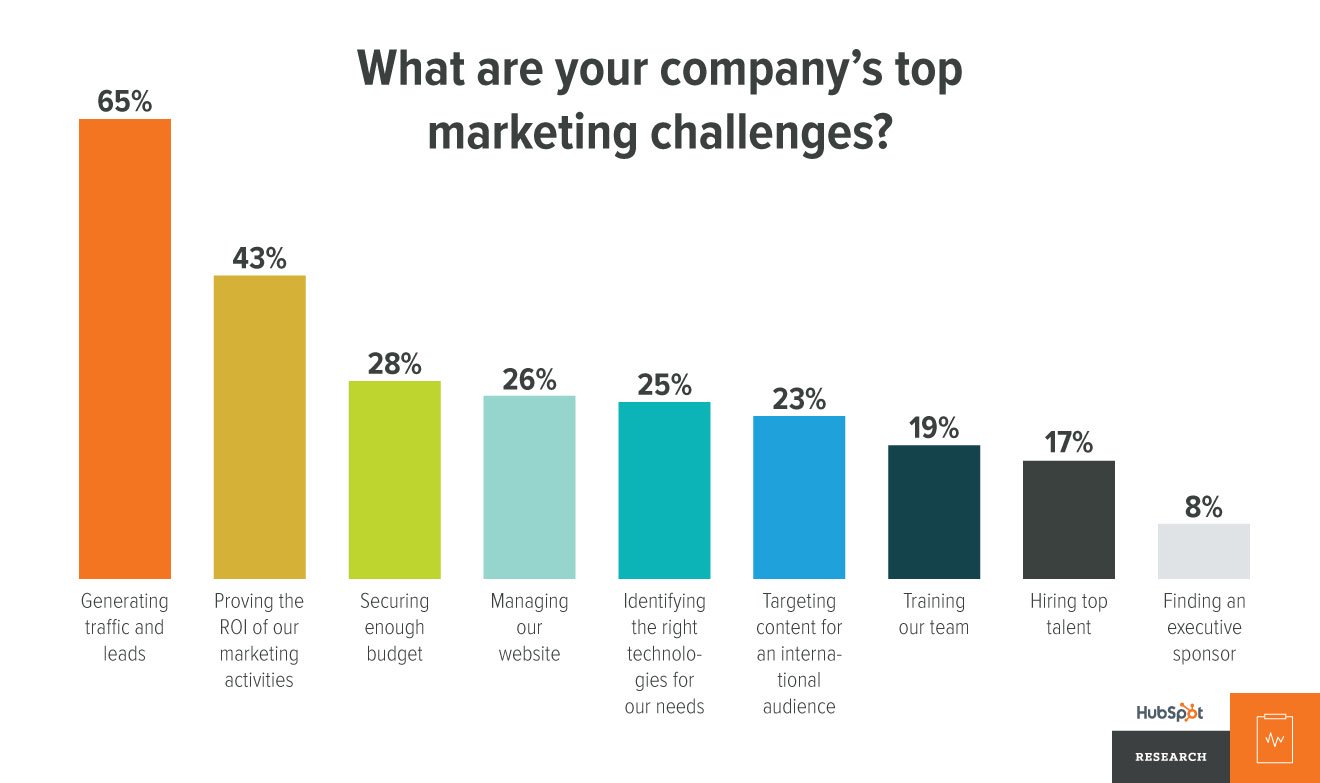
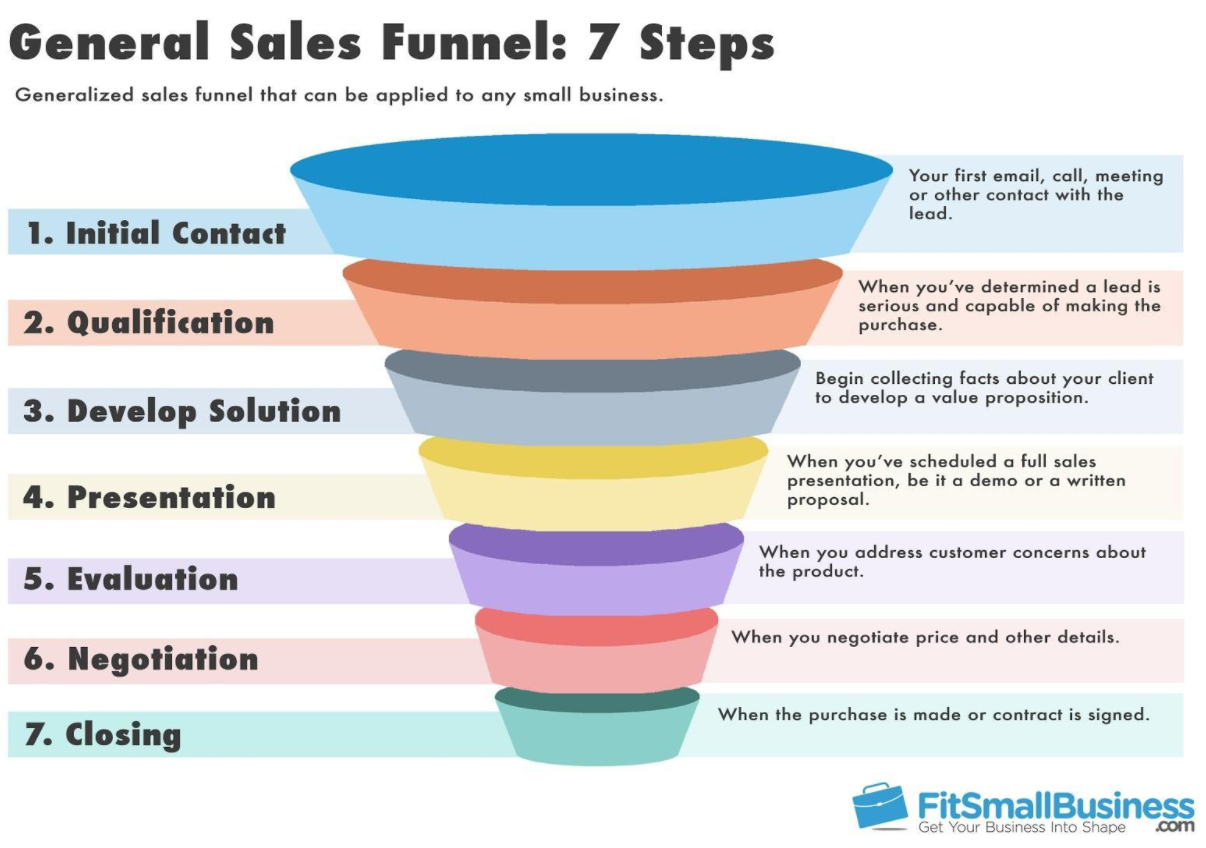
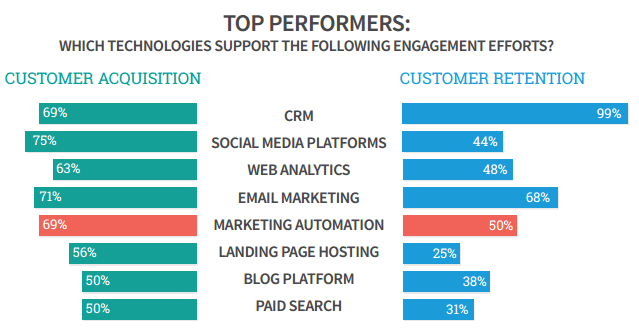

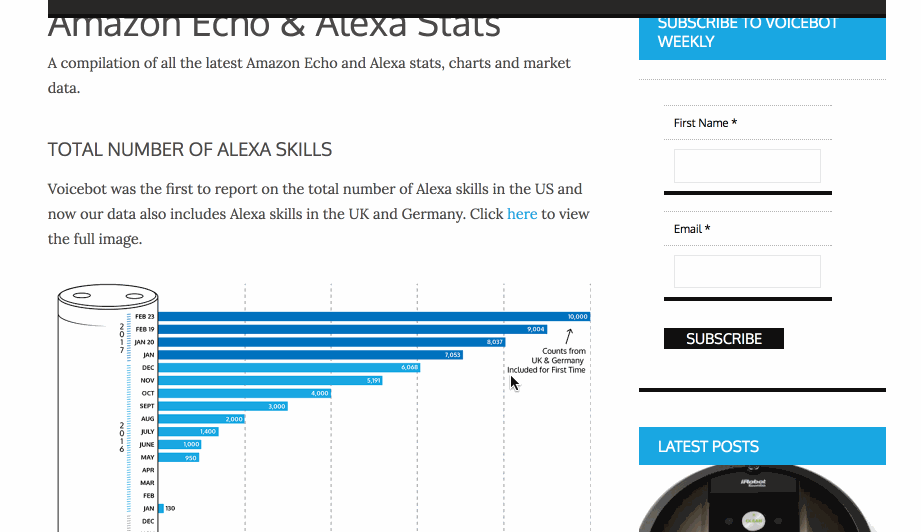
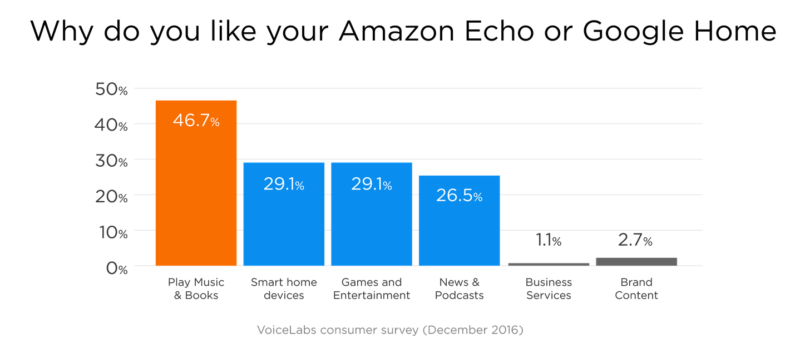
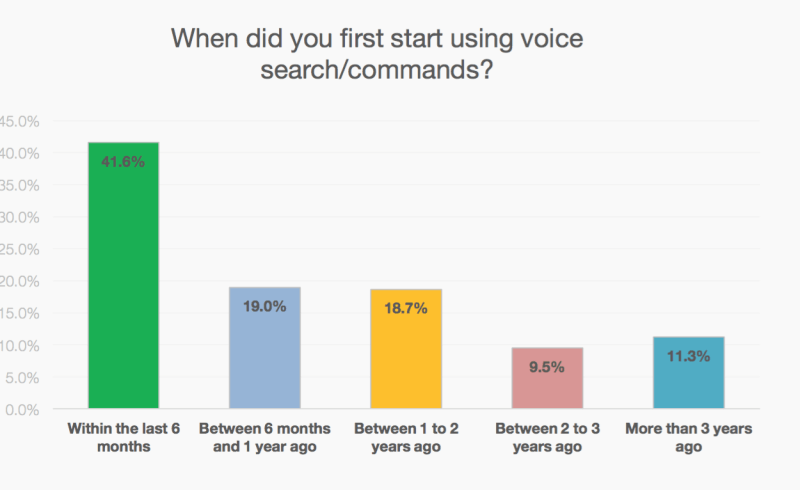

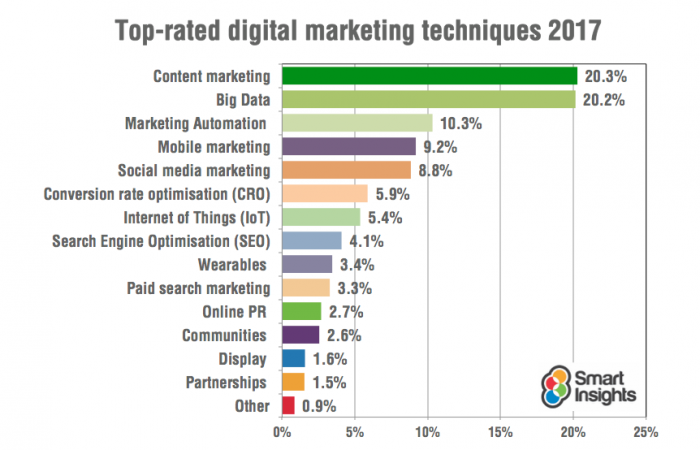
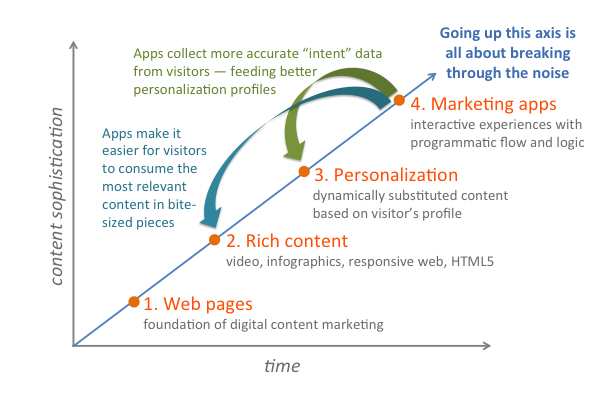



Comments (42)